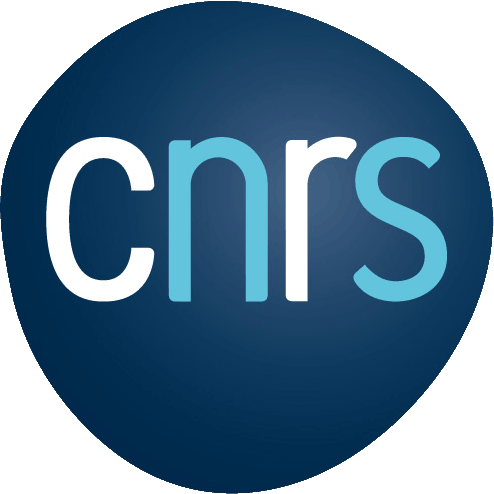Offre en lien avec l’Action/le Réseau : – — –/– — –
Laboratoire/Entreprise : CEA Grenoble
Durée : 3 ans
Contact : marielle.malfante@gmail.com
Date limite de publication : 2024-06-30
Contexte :
More and more urban planning and development projects are taking biodiversity into account, and this is becoming a standard feature of urban planning. Indeed, monitoring biodiversity in urban environments is a crucial issue for species conservation, sustainable urban management and even the well-being of residents.
Passive acoustics is a promising solution for biodiversity monitoring. Analysis of the soundscape can yield valuable insights regarding the urban environment, including information about the wildlife present, along with their distribution and phenological patterns. This data can also help assess both the positive and negative effects of human activity on local biodiversity (Sordello et al., 2020; Darras et al., 2019). Moreover, examination of overall soundscape characteristics can provide important indications related to public health concerns and contribute to evaluating the comfort level experienced by city dwellers (Thompson, 2022).
Moreover, acoustic recording and analysis technologies are increasingly powerful and affordable, making passive acoustics accessible to a wide range of users. For example, Artificial intelligence (AI) is increasingly being used to analyze acoustic recordings due to its ability to handle large datasets, extract complex patterns and transient signals and make accurate inferences. It is already used to automatically detect, classify and quantify animal calls (Chalmers et al. 2021).
However, the deployment of passive listening systems in urban environments raises ethical and legal issues relating to the privacy of citizens. It is therefore essential to develop embedded systems capable of removing human voices from recordings while preserving sounds relevant to biodiversity detection.
Sujet :
Objectives
The aim of this thesis project is to develop and evaluate an on-board passive listening system for monitoring biodiversity in urban environments. The system will have to meet the following requirements:
Be capable of recording and analyzing ambient sounds.
Remove or blur human voices from recordings, while preserving sounds relevant to biodiversity detection.
Respect the privacy of citizens by guaranteeing the confidentiality of the data collected.
This project is part of a rapidly expanding scientific and technological context. It will enable the development of methodological and technological innovations for monitoring biodiversity in urban environments, and contribute to the protection of biodiversity and the sustainable management of cities.
Expected tasks
Bibliographic synthesis covering computational bioacoustics, privacy issues in audio recordings containing speech and embedded audio systems
Adaptation of existing model to meet the requirement of this thesis project
Implementation of real time processing on portable edge devices.
Field work and associated analyses to validate the methods
Scientific valorisation of the research: patents, research paper, participation in scientific conferences, PhD manuscript redaction and defense.
Profil du candidat :
We are looking for a candidate with the following profile:
– Machine Learning, Signal Processing, Speech processing
– Embedded Systems, edge computing, hardware integration
– Experience in Python language will be a plus
– An interest in bioacoustics and ecology
– An interest in field work.
If in doubt regarding your profile, please contact us for further discussion. The proposed PhD project is multidisciplinary but does not necessarily require experience in all the branches.
Formation et compétences requises :
Adresse d’emploi :
This PhD project is a CIFRE project between BioPhonia & CEA Grenoble.
Time will be shared between CEA Grenoble and Biophonia in Lyon/Saint-Etienne. Home office is partially allowed.
Field work in different geographic areas is also planned during the PhD to validate the different developed methods.
Document attaché : 202404091450_Thèse.pdf

